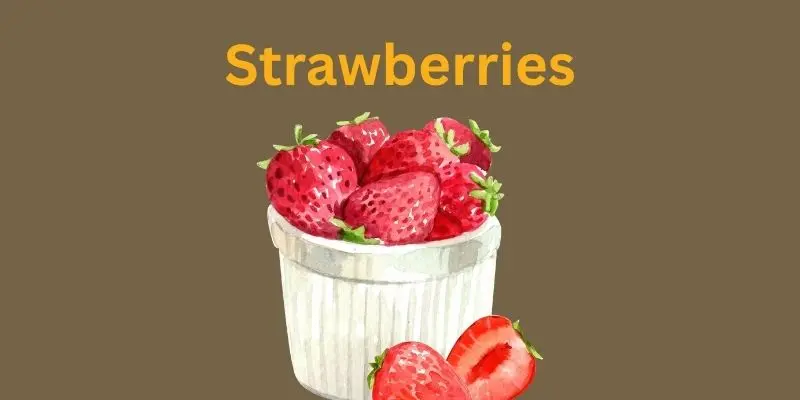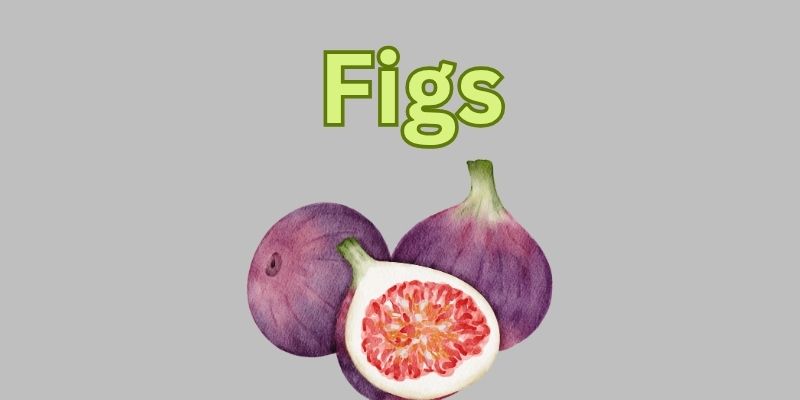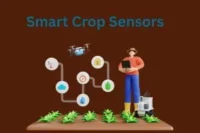Indoor Fruits and Vegetables Gardening. Grow Freshness Where You Live
Published: 17 Jun 2025
Is it really possible to grow fruits and vegetables inside your home? What if you don’t have a garden, or even a balcony? Will anything actually survive indoors without sunlight and soil like in a real farm?
These are the questions many beginners ask—and the good news is, the answer is yes. Indoor gardening isn’t just possible—it’s powerful. With the right choices, even a small space can become your personal source of fresh, healthy food. No backyard needed.
So, guys, without wasting time, let’s jump into the article to learn the Indoor Fruits and Vegetables Gardening .Grow Freshness Where You Live
Why Indoor Gardening is a Life-Changing Choice
- No garden? No problem! Whether you live in a small apartment or a top-floor flat, indoor gardening works in any space.
- Freshness at your fingertips – Pick tomatoes, herbs, or strawberries right when you need them.
- Avoid chemicals and pesticides – Grow your food with full control and peace of mind.
- Say goodbye to grocery stress – No more wilted lettuce or flavorless produce from the store.
- Feel more connected to nature – Growing something with your hands is deeply calming and healing.
- Perfect for families – Kids learn where food comes from while enjoying the fun of helping things grow.
- Year-round harvest – Whether it’s summer or winter, your indoor garden never stops.
Top Fruits You Can Grow Indoors
Think growing fruit indoors is only for expert gardeners or people with greenhouses? Think again—these beginner-friendly fruits thrive right on your windowsill with just a little care and light.
1. Strawberries
- Use hanging baskets or pots near sunny windows.
- Sweet, juicy, and fun to grow even in small kitchens.
- Great for kids and a perfect healthy snack.

2. Lemons (Dwarf Varieties)
- Grows well in containers with sunlight and patience.
- Fills your home with a fresh citrusy scent.
- Use for detox drinks, flavoring, or just the joy of growing your own fruit.
3. Figs
- Choose dwarf fig trees and place near bright windows.
- Require minimal care and offer fiber-rich, sweet fruit.
- A beautiful indoor tree with bold leaves.

4. Tomatoes (Cherry or Dwarf)
- Needs 6-8 hours of sunlight or a grow light.
- Sweet and tangy; perfect for salads and sauces.
- High in antioxidants like lycopene.
Best Vegetables to Grow Indoors with Ease
Ever wondered if you could grow your own vegetables without a garden? These easy-to-grow indoor veggies prove that even a small space can produce big, healthy results—no green thumb required.
1. Lettuce and Spinach
- Grows fast in shallow containers.
- Harvest leaves weekly for endless salads.
- Super nutritious and completely chemical-free.
2. Green Onions (Scallions)
- Regrow from kitchen scraps in just water.
- Minimal care, no soil needed at first.
- Use daily for garnishing and flavor.
3. Radishes
- Ready to harvest in just 3-4 weeks.
- Crunchy, colorful, and adds a kick to meals.
- Perfect beginner crop with fast results.
4. Bell Peppers
- Bright, sweet, and packed with Vitamin C.
- Needs a medium-sized pot and 6+ hours of light.
- Watching them change color is so satisfying!
5. Herbs (Basil, Mint, Parsley, Thyme)
- Grow on windowsills and in jars.
- Infuse your meals with real, fresh flavor.
- Aromatic, air-purifying, and low maintenance.
Powerful Benefits of Indoor Gardening
- Healing for the soul – Watching a plant grow lowers anxiety and builds emotional connection.
- Boosts self-worth – Knowing you grew your own food gives deep satisfaction.
- Reduces waste – You harvest only what you need; no more spoiled veggies in the fridge.
- Improves air quality – Plants naturally clean indoor air and raise oxygen levels.
- Saves money over time – Fewer trips to the store, less spoiled food, more independence.
Simple Tips to Get Started
- Use south-facing windows or invest in LED grow lights.
- Choose compact or dwarf plant varieties.
- Start with organic potting mix for better drainage and fewer pests.
- Use containers with drainage holes to prevent overwatering.
- Water when soil feels dry an inch deep — not on a schedule.
- Fertilize lightly every few weeks with a natural, indoor-safe fertilizer.
FAQs about Indoor Fruits and Vegetables Gardening
Here are some of the most frequently asked questions about theIndoor Fruits and Vegetables Gardening .Grow Freshness Where You Live
It might seem impossible, but many fruits like strawberries and dwarf lemons grow well indoors with just a sunny window or a small grow light. They don’t need direct outdoor sun—just consistent light and a bit of warmth.
Not at all! While herbs are popular, many fruits and vegetables like cherry tomatoes, lettuce, and peppers thrive in indoor containers. You just need the right size pot and enough light.
That’s why dwarf or compact varieties exist! These are specially bred to grow in pots and stay small while still producing real fruit.
Yes—sometimes even better. Because you control the soil, water, and care, indoor-grown veggies are often fresher, cleaner, and more flavorful.
Absolutely. Many indoor fruits and veggies are beginner-friendly, especially lettuce, spinach, and strawberries. Just start small and learn as you go.
Final Thought
Indoor fruits and vegetables gardening empowers anyone—even those without outdoor space—to grow fresh, pesticide-free food right at home. The content highlights beginner-friendly fruits like strawberries and lemons, along with easy vegetables such as lettuce, green onions, and radishes that thrive indoors with proper light and care. It emphasizes emotional benefits like reduced stress, improved air quality, and deeper connection to nature. Knowing which plants grow best indoors helps you save money, eat healthier, and enjoy year-round harvests, all while transforming small spaces into thriving green sanctuaries.

- Be Respectful
- Stay Relevant
- Stay Positive
- True Feedback
- Encourage Discussion
- Avoid Spamming
- No Fake News
- Don't Copy-Paste
- No Personal Attacks

- Be Respectful
- Stay Relevant
- Stay Positive
- True Feedback
- Encourage Discussion
- Avoid Spamming
- No Fake News
- Don't Copy-Paste
- No Personal Attacks





